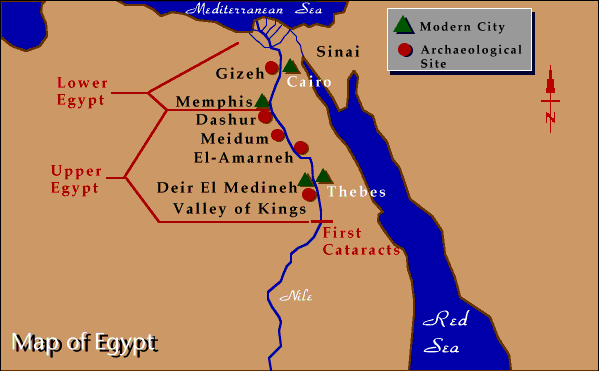

Of all the early civilizations, Ancient Egypt is perhaps the most exotic and fascinating. Divine pharoahs, buried gold, great pyramids, and mummies -- these are the stereotypes of Egyptian civilization.
Many of these stereotypes come from dramatic, even romantic nineteenth century discoveries at the hands not only of dedicated archaeologists, but of adventurers and downright villains as well.
Until 1798, Egypt was a virtually unknown country, its ancient civilization a complete mystery. Then Napoleon invaded Egypt, taking 40 scientists with him to record ancient and modern life along the Nile.
They discovered an exotic civilization that was the sensation of Europe, depicting its ruins in vivid detail.
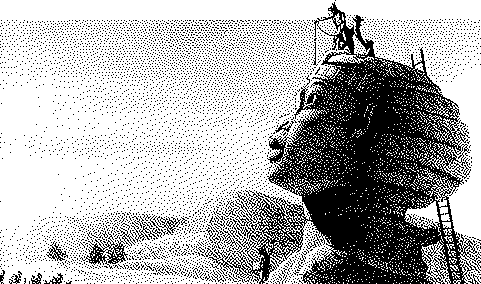
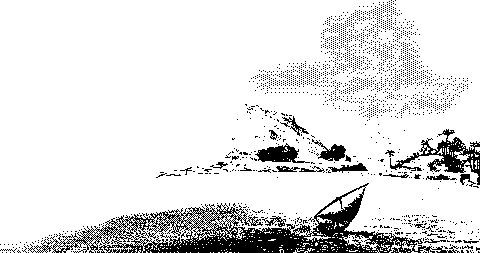
The Pyramids, Luxor, Karnak, life along the river. The scientists depicted an ancient civilization that seemed to be the fountain of all later civilized life. Their drawings are as vivid today as they were in the early 19th century.
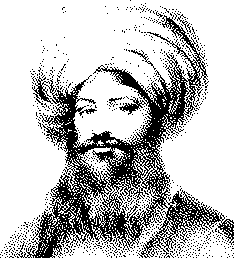
BELZONI THE TOMB ROBBER
Inevitably, greedy diplomats vied
with one another for a share of the spoils, for prized antiquities to sell in
Europe. They employed agents like circus strongman- turned arch-aeologist
Giovanni Belzoni to clear tombs, move statues, and excavate for them.
Belzoni had spent years using weights, levers, and improvising on the stage.
Over 6 feet 6 inches tall, and a man of immense strength and charm, he now
turned his talents to tomb robbing -- with brilliant success.
He moved great statues of Ramesses II, dug his way into the temple of Abu Simbel, and discovered the royal tomb of Pharoah Seti I. It was empty, but decorated with brilliant frescoes that Belzoni exhibited in London.
Belzoni spent three years in Egypt, leaving in 1819 with an impressive display of archaeological booty. Undoubtedly, he was one of the founders of Egyptology, but a rough and ready one.
The most important artifact found by Napoleon¹s scientists was the Rosetta Stone. This bore an incription in Egyptian hieroglyphs, a running form of the same script (the equivalent to our joined-up writing), and Greek. They realized at once that this was the key to a script that had puzzled scientists for generations.
Napoleon ordered plaster casts sent to scientists throughout Europe -- even to London, to his bitter enemies.
It was years before hieroglyphs were deciphered, for few people had the necessary linguistic skills.
A young French genius named Jean Francois Champollion deciphered the mysterious script in 1822, after years of struggle. He showed it was a phonetic script rather than merely picture writing.
Champollion paid a triumphant visit to Egypt in 1828. He was the first scientist who could read the inscriptions on Ancient Egyptian temples and tomb walls.
Almost singlehandedly, he revolutionized Egyptology, turned it from a treasure hunt into an intricate science.

The nineteenth century saw scientists working one step ahead of tomb robbers, as they still do in many areas of the world today. Perhaps the greatest advances were in our knowledge of daily life. Scholars like John Gardiner Wilkinson labored for years to reconstruct details of Ancient Egyptian society from papyrus reed inscriptions and temple records.
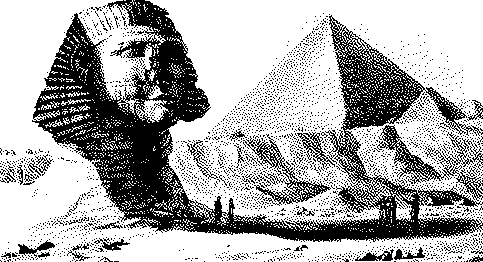
Modern Egyptology was born of dedicated scholarship like this, and also of the conscience of well known tourists, who were shocked at the destruction around them.
One such was Amelia Edwards, a well known romantic novelist, who traveled up the Nile on a 2-month tour in 1873. She came to be educated and entertained, left shocked by the destruction. This vivid, skilled writer devoted the rest of her life to writing and lecturing about the destruction of Ancient Egypt. She left money to endow a Professorship of Egyptology at the University of London.
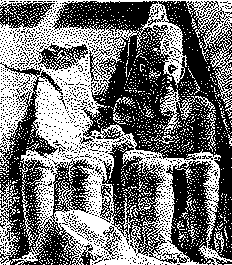
"Everything depends on the taste and intelligence of the traveller.
He can make or mar any landscape..."Saw another old temple, the name of
which I am not certain," wrote one bored Edwardian traveler. For others,
every day in Egypt will bring experiences to be remembered; the country will
imprint itself on them...the beauty of its landscape and the solemn perspective
of its history will provoke their wonder, and their traveller's tales will not
differ much from those of Napoleon."
-- Robin Feddon on being a
tourist in Egypt ... and elsewhere for that matter!
The pioneer era of Egyptology ended in November, 1922, with the sensational discovery of pharoah Tutankhamun¹s tomb--the most spectacular archaeological discovery ever made. We will cover Ancient Egyptian civilization later. However, you¹ll gain some wonderful background by reading Robin Feddon¹s essay about the Nile --"Things Made With Hands " in the Study Guide.